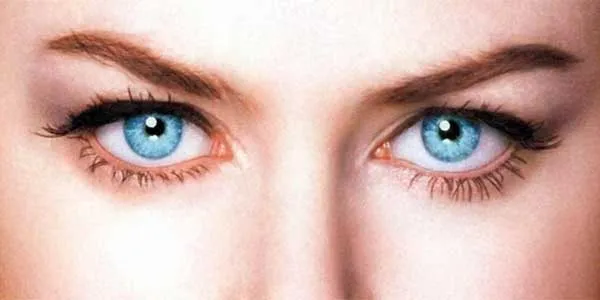In Spain, 1 in 10 diabetics suffers from diabetic macular edema (EMD), which is more than 250,000 patients are affected by the disease.For this reason, Dr. Marta S. Figueroa, president of the Spanish Retina y Vitreo (Serv) society, recommends a complete ophthalmological review at the time when the patient is diagnosed with diabetes to prevent the disease.
"Unlike the macular degeneration associated with age (DMAE), which has been our battle horse in recent years, the EMD usually affects younger patients. In addition, the prevalence of diabetes is increasing exponentially, soThat also does the prevalence of EMD, "he said.
The most frequent symptom of the EMD, which is produced by the accumulation of fluid in the area of the retina responsible for the central vision, is the loss of visual acuity, which entails the impossibility of performing tasks such as reading, conducting or even recognizingpeople.So, in addition to the high incidence, its invalidating character places it as one of the most important retinal pathologies.
"The most important thing is to make a complete ophthalmological review at the time when diabetes is diagnosed, because in many cases there are already retinal lesions even if no symptoms occur. A diagnosis and early treatment of retinal lesionsIt allows you to obtain the best visual results, "this expert has pointed out.
This has been one of the conclusions of ophthalmologists gathered these days in retinnova, the main scientific forum on retinal medical pathology that Novartis promotes with the aim of presenting the latest news in the approach to retinal pathologies and improving the care quality ofPatients.
This second edition of Retinnova has focused on the increase in cases of diabetic macular edema, the main cause of visual loss in the patient with diabetes and the need for their multidisciplinary approach to these patients.
In addition to the early diagnosis, the importance of a multidisciplinary approach to the EMD to improve the patient's prognosis has also been remembered."The ophthalmological treatment of the EMD is insufficient if it is not accompanied by adequate control of blood glucose, cholesterol and triglycerides levels and blood pressure control. This is why the coordinated work of different specialists is required," heExplained this expert, who is also the director of Retinnova.
On the other hand, in this second edition the latest advances in the management of the occlusion of the retinal vein (ORV), which represents the second cause of vascular disease of the retina after diabetes, have raised great interest."In addition to the available treatments, it is important to promote control of blood pressure, weight loss and active struggle against sedentary lifestyle," concludes Dr. Figueroa.
For his part, José Marcilla, responsible for the Navartis Ophthalmology Area, highlighted the celebration of this second edition of Retinnova.In his opinion, "he shows the interest that ophthalmologists have to continue training in retinal pathology, in order to improve the quality of life of their patients, which in many cases is seriously limited. It is also a sample more of the high commitmentthat Novartis maintains with the continuing training of the health professionals of our country. "


